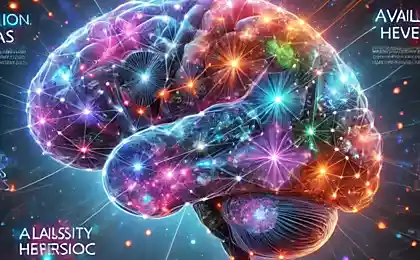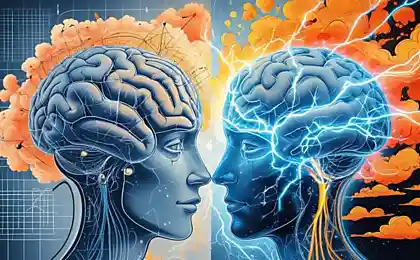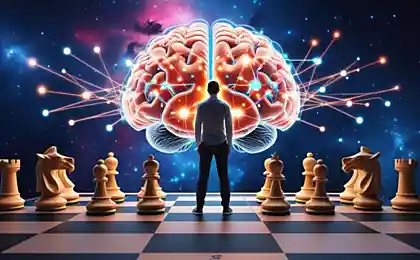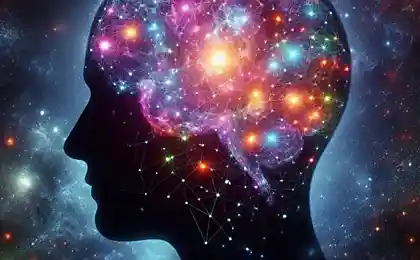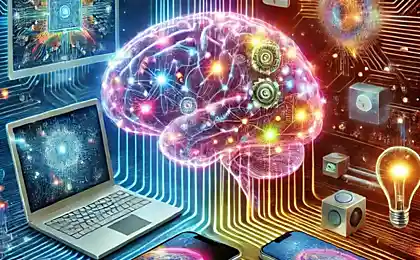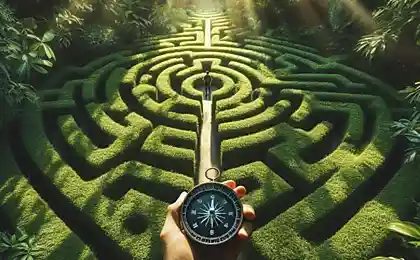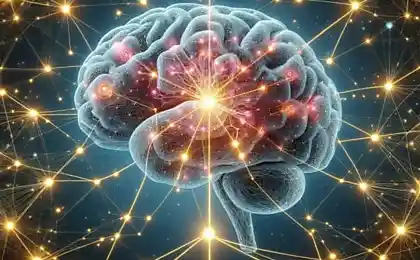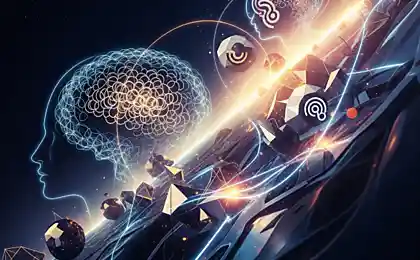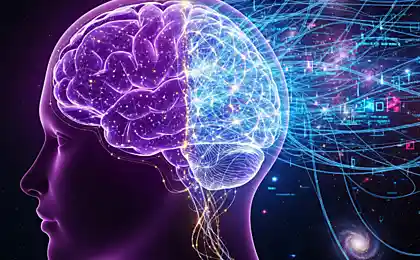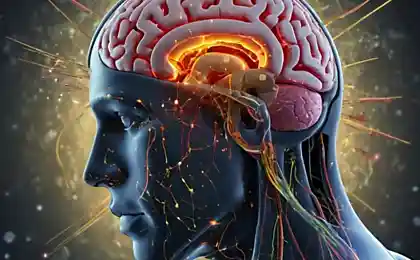251
Critical thinking: how not to become a hostage of your own mind

When an opinion becomes a trap
In 2017, the YouTube community exploded with a “sensation”: flat Earth suddenly became the subject of heated debate. How in the age of space travel and satellite technology do thousands of people reject the obvious? The answer lies in the mechanisms of perception of information and the amazing plasticity of human thinking. Critical thinking is the shield that protects us from manipulation, both external and internal.
What is Critical Thinking Actually?
Contrary to popular belief, this is not just doubt or denial. According to the Foundation for Critical Thinking, these are:
- Systematic intellectual discipline
- Method of analysis and evaluation of information
- Tool for self-correcting thinking

Neuroscientists from MIT in a study in 2022 found that when a person is faced with information that contradicts their beliefs, the same area of the brain is activated as when a physical threat. Evolution has programmed us to protect our mental circuits, and only critical thinking can overcome this instinct.
Why We See the World Differently: Three Levels of Perception
1. Cognitive distortions: factories of self-deception
According to a 2002 study by Kahneman and Tversky, 95% of decisions are made on autopilot using:
- Availability heuristic (“frequent = true”)
- The binding effect (orientation to the first information received)
- Confirmatory bias (filtering “inconvenient” facts)
2. Cultural code and social context
An experiment by psychologist Richard Nisbett showed that East Asians and Westerners literally see the world differently, focusing on context and object respectively. Our thinking is a product of cultural “software” established from childhood.
3. Emotional filters
As found at Stanford University, strong emotions reduce the activity of the prefrontal cortex by 15-20%, temporarily “disabling” logical thinking. This is why propaganda often uses images of fear or anger.

How to develop immunity to manipulation: 4 principles
- Socrates Principle: "I know I don't know anything." Find at least one statement every day that you might be wrong about.
- Red line technique: Before making a decision, ask, “What evidence will make me change my mind?” ?
- Steel man practice: Argue the opponent’s position better than he does himself.
- Emotional quarantine: Separate the facts from their interpretation. Ask “What exactly happened?” instead of “Why did it happen?”
Critical Thinking in the Age of Infodemic
According to the Reuters Institute, 58% of users share articles after reading the headline. But the real crisis is not in the abundance of information, but in the lack of metacognition (the ability to evaluate their own thought processes).
“Doubt is not a pleasant state, but confidence is absurd” – Voltaire Example: During the COVID-19 pandemic, WHO coined the term “infodemic”, describing how conspiracy theories spread 6 times faster than scientific data. Critical thinking here has become a matter of survival, both individual and collective.
The balance between skepticism and trust: where are the extremes?
The danger of total doubt is perfectly demonstrated in Levin’s experiment: participants who fully trusted the “experts” were wrong 43% of the time, but those who always doubted were wrong 61%. The truth, as always, is in the middle.
Philosopher Karl Popper proposed “rational fallibilism” – the recognition of the fundamental possibility of error in even the most well-founded beliefs. This is the middle ground of critical thinking.
Conclusion: Thinking as the Art of Nomad
Developed critical thinking is reminiscent of the nomad’s skills: the ability to set up a camp (form a position), but always be ready to roll it (review beliefs). In a world where ChatGPT generates 4.5 million words per minute, and neural networks create fakes of indistinguishable quality, this skill is becoming the new literacy of the XXI century.
As Aristotle wrote in Rhetoric, “The rational man requires rigor to the extent that the nature of the object permits.” Perhaps it is in this flexible rigor that the secret of true intellectual freedom lies.
Why don’t we believe in a brighter future? Concepts of a better world that deserve attention
What to do if you don’t have twenty-four hours in a day: Rethinking life and planning effectively
